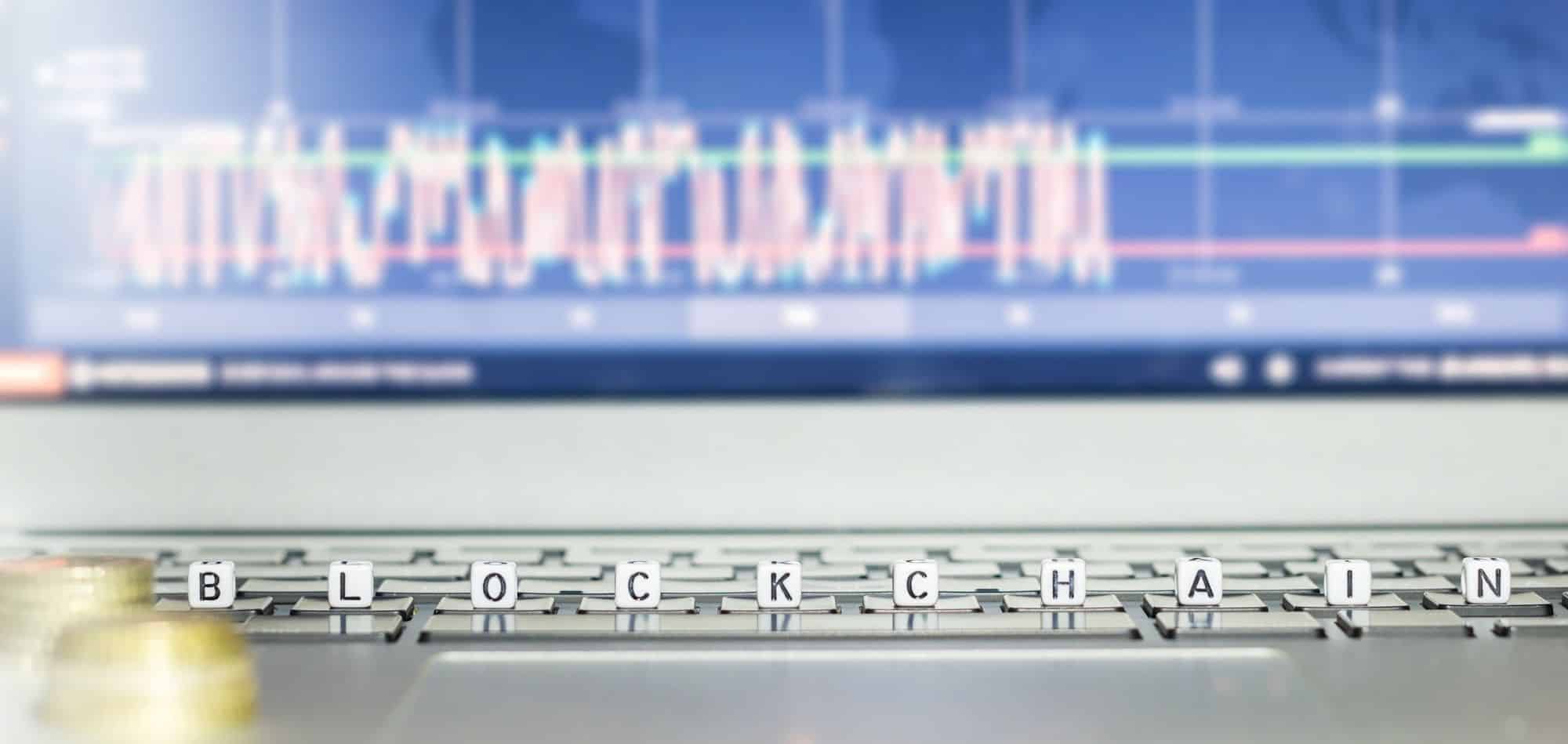Understanding how new technologies can benefit the educational sector can be challenging but also transformative. Today, we’ll delve into the potential of blockchain technology in the realm of higher education. Specifically, we’ll explore how UK universities could wield blockchain for secure credential verification.
Implication of Blockchain Technology in Education
Blockchain has revolutionized numerous industries over the past few years, and the field of higher education is ripe for such transformation. At its core, blockchain is a digital and decentralized ledger that maintains transaction records across a peer-to-peer network. What makes blockchain uniquely suited to the academic realm?
In parallel : How can UK universities use machine learning to optimize student admissions and reduce dropout rates?
The Potential of Blockchain Technology in the Student Verification System
The student verification process in higher education traditionally involves a significant amount of paperwork. These documents need to be stored, retrieved, and verified, a time-consuming and error-prone process. Moreover, academic fraud, such as diploma mills and resume fraud, is an increasing concern for universities and employers alike.
Blockchain technology may provide the solution. A blockchain-based system could securely store educational credentials, making verification quick, easy, and reliable. Moreover, because blockchain data is decentralized and immutable, it’s virtually impossible to forge or alter, providing an added layer of fraud protection.
Have you seen this : How to use predictive analytics to streamline supply chain management for UK’s FMCG companies?
The Concept of Digital Credentials based on Blockchain
Universities issue credentials like diplomas and transcripts to their students. Traditionally, these documents are printed on paper and may be easily lost, damaged, or forged. In comparison, digital credentials are secure, easy to share, and can’t be lost or damaged.
With a blockchain-based system, universities could issue digital credentials to students upon the completion of their courses. These credentials could then be shared securely with employers, other universities, or anyone else who needs to verify a student’s academic achievements.
Blockchain in the Real World: Case studies and Examples
Blockchain has moved beyond the theoretical realm and is already making waves in the real world of higher education. Let’s take a look at some examples.
The Google Scholar example
Google Scholar is not a university, but it’s an illustrative example of how blockchain can transform the academic world. Google Scholar indexes scholarly literature, including articles, theses, books, and conference papers.
In 2022, Google Scholar announced a blockchain-based system for storing and verifying academic papers. This system ensures the integrity of academic data and makes it easy for researchers and scholars to verify the authenticity of documents.
This example demonstrates the transformative potential of blockchain in academia. By ensuring the integrity and authenticity of academic data, blockchain technology can foster a more collaborative and transparent academic community.
Universities experimenting with Blockchain
Several universities around the world have begun experimenting with blockchain technology. For example, the Massachusetts Institute of Technology (MIT) has piloted a program to issue digital diplomas secured by blockchain technology. This allows graduates to share their credentials in a secure manner without the need for traditional verification methods.
In the UK, the Open University has developed a blockchain-based platform for managing and verifying credentials. This system not only makes it easier for students to share their credentials, but it also reduces the administrative burden for the university.
The Future of Blockchain in Higher Education
The adoption of blockchain in higher education is still in its early stages, but the potential is enormous.
Enhancing the Learning Experience
Blockchain could revolutionize the learning experience itself. For instance, blockchain could be used to create a lifelong learning passport, a digital record of a student’s entire learning journey, from kindergarten to postgraduate studies and beyond.
This could enable personalized learning experiences tailored to a student’s individual needs and interests. It could also foster a culture of lifelong learning, with students accumulating credentials from various institutions throughout their lives.
Impacting the Business Model of Universities
Blockchain could also impact the business model of universities. For instance, if students could easily and securely share their credentials with potential employers, universities might shift from being the sole providers of education towards becoming facilitators of learning.
This could lead to a more competitive market, with universities vying to provide the best learning experiences to attract students. Furthermore, blockchain could facilitate the rise of alternative learning paths, such as online courses and micro-credentials, further disrupting the traditional university model.
Adapting to these changes will be challenging, but it could also bring opportunities. For instance, universities could develop new revenue streams by offering blockchain-based services, such as credential verification or secure data storage.
While it may seem like a daunting prospect, the integration of blockchain technology into the educational sector is a progressive move. Offering solutions to age-old problems such as document loss, fraud, and administrative inefficiency, blockchain holds immense potential. By embracing this technology, universities can not only streamline their processes but also enhance the learning experience for their students.
Blockchain and Smart Contracts in Higher Education
Smart contracts are a type of blockchain-based application that automatically executes transactions when predefined conditions are met. For higher education, these can offer tremendous advantages, especially in the realm of secure verification and credentialing.
For instance, consider the enrolment process. Upon a student’s acceptance to a university, a smart contract could be triggered, automatically enrolling the student in the institution. Likewise, when a student completes a course or a program, another smart contract could be enacted, awarding the student with digital credentials. These credentials would be immediately and immutably recorded on the blockchain network, available for verification by anyone with the correct permissions.
The use of smart contracts could streamline various administrative processes in universities. These processes often involve numerous steps and multiple parties, making them time-consuming and prone to errors. By automating these processes, smart contracts could reduce administrative burdens, increase efficiency, and minimize the risk of mistakes or fraud.
Moreover, smart contracts could support the development and recognition of new learning paths. For example, they could facilitate the awarding of micro-credentials, badges, or certificates for non-traditional or informal learning experiences.
Despite these potential advantages, integrating blockchain and smart contracts in higher education is not without challenges. Universities would need to invest in new technologies and probably need to update their IT infrastructure.
However, the potential benefits – improved efficiency, reduced fraud, and enhanced student experience – could make this investment worthwhile.
Blockchain technology, with its potential to revolutionize the education sector, is an exciting prospect. By offering a secure, transparent, and efficient way to manage and verify academic credentials, blockchain can tackle some of the key challenges faced by higher education institutions.
From smart contracts automating administrative processes to digital credentials that cannot be lost, damaged, or forged, the possibilities are vast. The case studies of Google Scholar and pioneering universities such as MIT and the Open University in the UK are testament to this transformative potential.
The applications of blockchain in higher education extend beyond just credential verification. It can enhance the learning experience, foster a culture of lifelong learning, and even disrupt the traditional university business model. At the same time, it could offer new revenue streams and opportunities for universities.
While there are hurdles to overcome in implementing this technology, the potential benefits are worth the effort. Embracing blockchain could usher in a new era of transparency, efficiency, and innovation in higher education. The future of education could very well be written on a blockchain.











